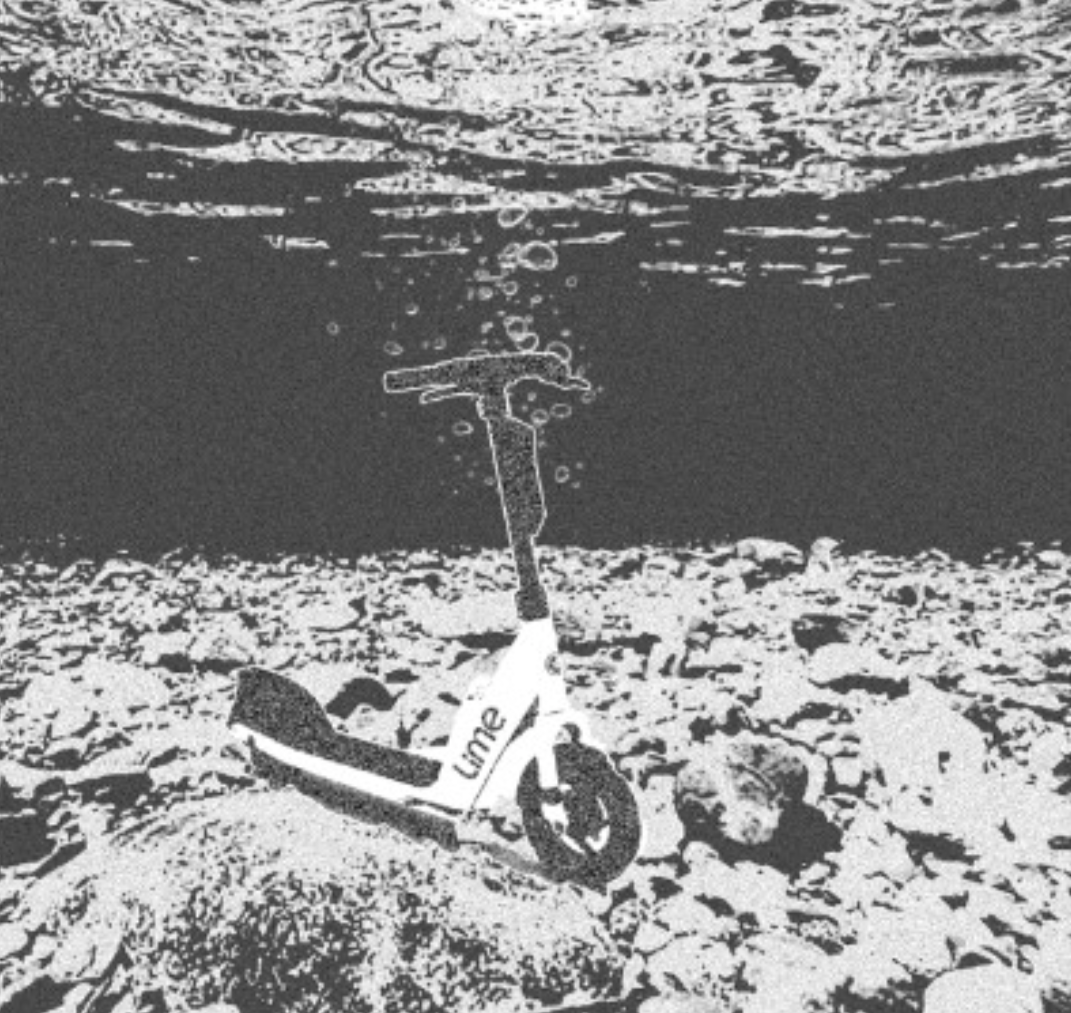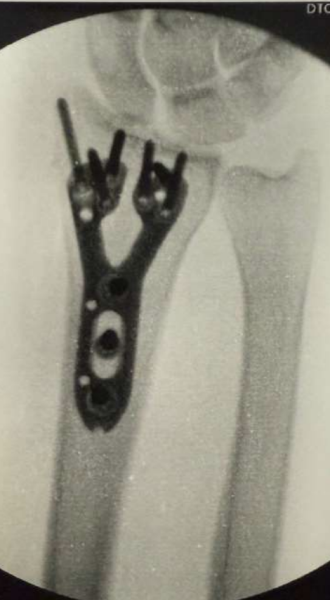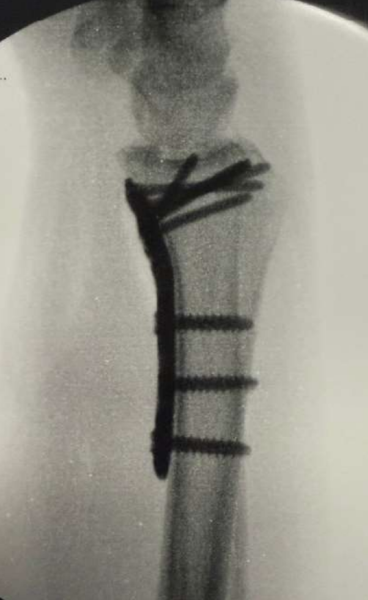
Fifty years ago, Denver tore up what remained of its historic trolley car network to make way for the car-centric labyrinth we have inherited today. Denver’s trolley cars were once widespread and elaborate, taking passengers across the city in an efficient, convenient and charming vehicle that rivaled the public transportation networks of New York or Chicago. But no longer.
Two months ago, the wheel on the Lime scooter I was taking to work popped off right as I turned on Broadway, throwing me to the asphalt and embarrassing me in front of everyone waiting at
the light. I sustained a sprained wrist from this incident and had to wear a restrictive brace on my dominant hand for weeks after this malfunction. A month after that, a Lime scooter threw The Sentry’s Editor-in-Chief over the handlebars, breaking their wrist and culminating in an expensive surgery. We were only two of the hundreds of e-scooter injuries that occur in Denver annually. Clearly, something about transportation in Denver is flawed.


Ironically enough, a trolley car used to run down Broadway, right past where I would sprain my wrist decades later. Perhaps if the city planners of the 1970s had had the foresight to not totally uproot Denver’s public transportation, I would have spent that evening taking a relaxing trolley ride home instead of groaning from pain in my coworker’s car.
My point is, Denver has a chronic public transportation problem—and instead of investing in a more efficient bus system or renewing the aging light rail, commuters have been provided with a
privatized network of e-scooters and e-bikes. These are a sorry consolation prize. Almost everyone has a story about being terrorized by these two-wheeled deathtraps. E-scooter operators have almost no incentive to stay off pedestrian walkways, and sometimes they don’t even have any other choice but to use the sidewalks. Students on Auraria Campus may remember the daily traffic of e-scooters skirting dangerously close before the campus became a formal dead zone for them. That’s not even to mention when they stalk the city at night, when drunk people who are responsible enough not to drive but irresponsible enough to use a rideshare take to the streets and tempt fate.
This is not to disparage e-scooter users—I have been one many a time. Drivers are often just as irresponsible. It’s just that riding e-scooters makes me feel like an asshole. You know what doesn’t make me feel that way? Riding the bus. Or a trolley car. You can’t be an asshole on a trolley car. But as long as e-scooters continue to clog our streets and sidewalks, there will never be enough room for proper public transportation.
There is a way we can make room, though: throwing e-scooters back into the river. You remember when people used to do that? When we looked our corporate overlords in the eye and
said “Here’s what we think of your grimy high-speed bone-crushers!”In 2025, these same corporate overlords control even more of our lives than they did back then. Let’s remind them what we want and send their scooters downstream—the rivers are polluted
anyway.
